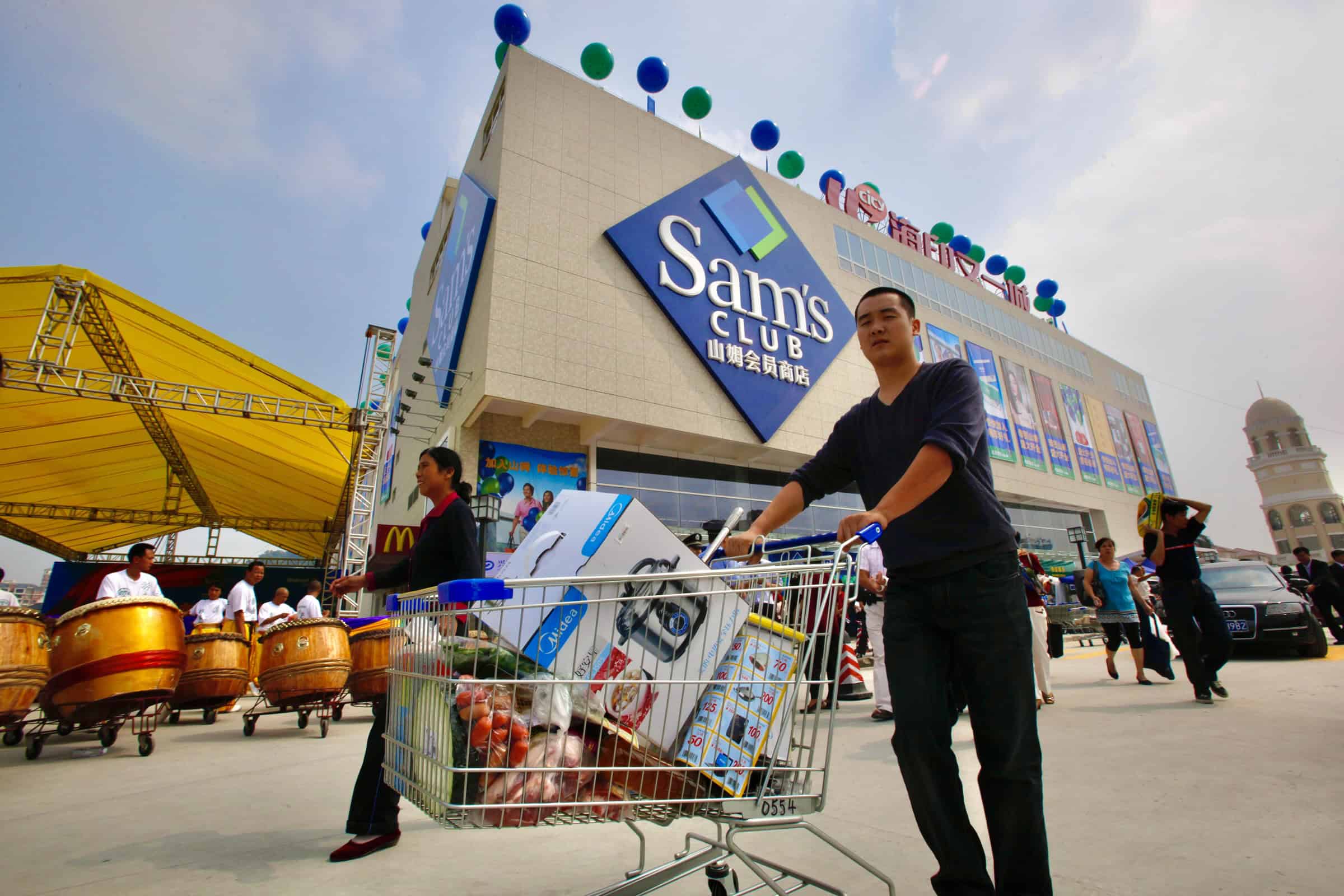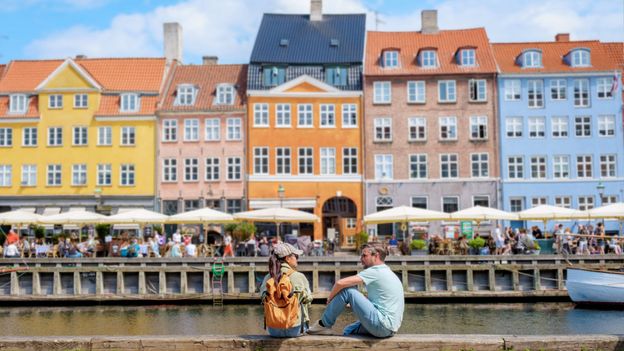- Arvind's Newsletter
- Posts
- Arvind's Newsletter
Arvind's Newsletter
Issue No. #1141
1.Tesla dares BYD, BMW, Merc in India's luxury lane: Mint
Tesla opened bookings for the Model Y—billed as the world’s bestselling car in 2023 and 2024—at ₹59.89 lakh for the rear-wheel drive (RWD) version and ₹67.89 lakh for the long-range RWD.
This makes it more expensive in India than in markets like the US (₹40 lakh), China (₹31.5 lakh), or even Germany (₹46 lakh), owing to import duties and shipping costs. India imposes tariffs of 70 to 110 per cent on fully built imported cars. The vehicles will initially be imported from Tesla’s Shanghai plant.
Its first showroom opened today in BKC, Mumbai and its second is expected to set up within a month in New Delhi. Tesla said it will set up four charging stations each in Mumbai and Delhi-NCR. Early customers also get a free wall charger for home.
In India, the Model Y will take on BYD’s Sealion 7, BMW’s iX1 and Mercedes-Benz EQA. However, Tata Motors, Mahindra and Mahindra, Hyundai and MG Motors may be unscathed as their vehicles are available in the lower price ranges.
2.Bullet train trial runs to be conducted on E5 Shinkansen trainsets: Business Standard
The Ministry of Railways will conduct trial runs for the Mumbai-Ahmedabad High-Speed Rail (HSR) corridor on the Japanese E5 Shinkansen trainsets and will later run the latest version of the train, sources aware of the matter said.
“The Japanese Shinkansen is currently running E5 trains. The next-generation trains are E10. In the spirit of the strategic partnership between Japan and India, the Japanese government has agreed to introduce E10 Shinkansen trains in the Mumbai-Ahmedabad Bullet Train project. It is noteworthy that E10 will be introduced simultaneously in India and Japan,” the ministry said on Monday, refuting allegations that the government has shut down the plan to run Shinkansen trains.
According to sources, the ministry’s plan is to run Vande Bharat High-Speed trains on the Mumbai-Ahmedabad corridor first, but the eventual plan is to run Shinkansen trainsets.
3.Inflation Cools Sharply in India
India’s retail inflation fell to a six-year low of 2.10% in June from 2.82% in May. Food prices dropped 1.06%, with vegetables plunging nearly 19%, easing household cost pressures.
Meanwhile, wholesale price inflation (WPI) slipped to a 20-month low of -0.1% in June, per government data, thanks to softer food and fuel prices.
Economists say these figures create room for the Reserve Bank of India to prioritise growth and consider more rate cuts later this year, if global risks stay contained.
4.India’s richest man wants to turn every TV into a PC: TechCrunch
India’s richest man is turning TVs into computers. In a bid to bridge the digital divide, Mukesh Ambani’s Reliance Industries launched a cloud-based virtual desktop service in a country where 70% of households have TVs but only 15% have computers. Currently offered on free trial, the service is priced at about $64.
Currently in free trial and available via waitlist, users can access the virtual desktop on their TV by plugging in a keyboard and mouse once they receive an invite and set up their account.
5.India reaches clean power capacity target despite coal reliance
India said it had reached its Paris Agreement target of 50 per cent of non-fossil fuel power capacity five years ahead of its 2030 pledge, even as the world’s most populous country and third-biggest carbon emitter remains heavily reliant on coal for power generation.
The milestone indicates the concerted push by the Modi government for new clean power installation, despite the large gap between installed capacity and power generation.
Pralhad Joshi, India’s new and renewable energy minister, made the announcement in a social media post. “Historic Green Leap for India!” Joshi wrote. “India achieves 50 per cent non-fossil fuel capacity — 5 years ahead of its 2030 target.” Joshi’s ministry said that of India’s total installed power capacity of 484.8 gigawatts, 242.8GW came from non-fossil fuels.
The Energy Institute’s Statistical Review of World Energy shows that India produced 2,030 terawatt-hours of electricity in 2024. Of this, 240.5 TWh came from renewables, while a record level of 1,517.9 TWh came from coal.
“Is it a good accomplishment? Sure,” said Rohit Chandra, assistant professor at the School of Public Policy at IIT Delhi. “A lot more needs to be done to address climate change,” he added. “What matters is actual power generated.”
6.AI browser wars
Perplexity released its own web browser (‘Comet’), and Reuters reports that OpenAI plans to do the same.
If you want to become the starting point of people’s internet experience and computing experience, and to replace Google as the gateway to the internet’s information, then the browser is the key point of aggregation and experience. Given that so many people’s day-to-day computing experience now happens entirely in the web (at least on the desktop), the browser is also effectively the OS. And if you want to build a personalised LLM that understands someone, then you want to see everything they do online. So you make a browser. But, of course, that doesn’t help you on mobile, where most people’s real computing experience moved a long time ago. You can see my Amazon orders on the desktop, but not on mobile, and you won’t see my Instagram or my TikTok.
7.Walmart’s business is booming in China despite global trade tensions and a domestic economic slowdown: Financial Times and others
Sam’s Club — Walmart’s warehouse chain offering bulk goods at cheap prices — is one of China’s fastest-growing foreign retailers with 8.6 million card-carrying members. Walmart is “a rare multinational that has realised not just one but two China dreams,” The Wire China wrote.
It has succeeded in the country’s crowded domestic market where foreign peers have failed, while also integrating China’s manufacturing and sourcing strengths into its global business. Sam’s Club has “inculcated itself into the fabric of Chinese life in a way that people would probably forget it’s an American company,” one consultant said.
8.The world's most liveable cities for 2025 - and what it's really like to live there: BBC
While Vienna has topped the Global Liveability Index for years, 2025 crowned a new number one. From Copenhagen to Melbourne, we asked locals what it's actually like to reside in these famously liveable cities.
The Economist Intelligence Unit (EIU) has long ranked cities around the globe, offering a data-backed snapshot of where life is most comfortable and secure. The world's top-ranked cities have been remarkably consistent over the past few years. But in 2025, one major shift jolted the rankings: for the first time in three years, Vienna was dethroned. Copenhagen rose to the top thanks to perfect scores in stability, education and infrastructure – a tough trifecta to beat.
However, the biggest shake-ups in 2025 weren't just about rising or falling scores – they were about safety, with geopolitical tensions rising worldwide. Vienna, in particular, suffered from a bomb threat that cancelled the 2024 Taylor Swift concert as well as a recently planned attack on a train station.
Still, cities in Western Europe, Australia, New Zealand and Canada continue to fare well in the rankings, with Osaka the only Asian city cracking the top 10.
9.How to Watch Hitchcock: 5 Steps to Unlock the Master of Suspense: Alissa Wilkinson in New York Times
“Look up “suspense” in the dictionary, and there should be a little sketch of Alfred Hitchcock’s silhouette next to it. He never won an Oscar — the academy finally gave him an honorary one in 1968 — but the British director is inarguably one of cinema’s most influential auteurs, the kind of filmmaker even a casual movie watcher has heard of.
Hitchcock’s work is marked by carefully framed images and a fondness for playing with our emotions, but his greatest talent was making us freak out, and showing other filmmakers how to do that, too. With a selection of his movies now on Netflix (Unfortunately only in Netflix USA), here is a beginner’s guide to understanding how the Master of Suspense creates suspense.” Read on -Gift article.
10.Should you take creatine? The Economist
IF YOU are an athlete in search of a chemical boost your options are limited. Many of the drugs that are known to work—anabolic steroids to make you stronger, say, or erythropoietin to boost your endurance—are banned and come with nasty side-effects. Many legal supplements, on the other hand, seem not to do anything useful.
An exception is creatine, a staple of sports nutrition and one of the few supplements with a solid evidence base behind it. One review paper from 2017 concluded that creatine can give athletes a 10-20% performance boost in brief bouts of high-intensity exercise, such as sprinting past a defender or lifting heavy weights. It appears to be safe, too, with no worrying side-effects seen even in people who have been taking the stuff for years. Because there is no test that can distinguish supplementary creatine from the sort naturally produced by the body, or indeed the kind found in meat and fish, most sports do not consider taking it to be doping.
Creatine works mainly by increasing the amount of energy that muscles can produce. Cells use a molecule called adenosine triphosphate (ATP) as a carrier of chemical energy. Aerobic respiration, which uses oxygen to break down fats or sugar, is by far the most efficient way of making ATP. But it is relatively slow. When muscles need a lot of ATP in a hurry most of it is supplied instead by the phosphocreatine system which, as its name suggests, relies on creatine to work. (A third pathway, the glycolytic system, sits between the other two in both power and efficiency.)
When muscles contract, the ATP molecules used to power that contraction lose one of their three phosphate groups, turning into adenosine diphosphate (ADP). Phosphocreatine stored in the muscles can donate a replacement phosphate group, turning ADP back into ATP, which can then power more contractions. But those reserves are sufficient for only a few seconds of maximal effort (this is why it is impossible to run a marathon at the same pace as 100 metres). Creatine supplements boost the amount of phosphocreatine that can be stored, allowing users to squeeze out a couple of extra reps or sprint at full power for a second longer.
That may not be the only benefit. A growing body of research suggests creatine may be good for brains as well as brawn. That makes sense: neurons need ATP just as muscle cells do, and the brain is hungry for energy. Despite accounting for about 2% of the body’s mass, the brain is thought to consume around 20% of its calories.
As summarised in a review published in 2021 in Nutrients, some studies have suggested that creatine might sharpen things like short-term memory or reaction times. Others have reported it may lessen the symptoms of mental-health problems such as depression, and tentative evidence suggests it improves cognition in those with Alzheimer’s disease. Both may be associated with a misallocation of energy within the brain.
In animals, creatine seems to protect against the effects of concussions, which likewise seem to play havoc with the way brain cells generate energy. In one study rats given creatine supplements showed a 50% reduction in damage after they were given an artificially induced brain injury. For now, the evidence regarding brains is not nearly as robust as that regarding muscles. But given that sport is a common cause of concussions, athletes taking creatine might be getting two benefits for the price of one.









